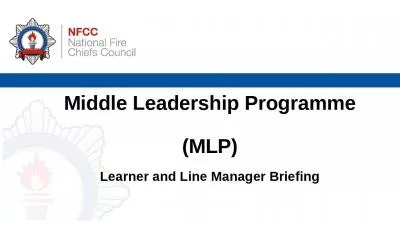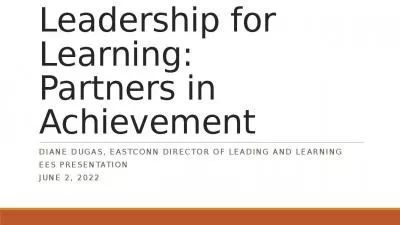PPT-Social learning leadership in
Author : pamella-moone | Published Date : 2016-11-16
communities and networks State of the Art Etienne and Beverly WengerTrayner Professional BEtreat Grass Valley California July 710 2014 Introduction Origins in
Presentation Embed Code
Download Presentation
Download Presentation The PPT/PDF document "Social learning leadership in" is the property of its rightful owner. Permission is granted to download and print the materials on this website for personal, non-commercial use only, and to display it on your personal computer provided you do not modify the materials and that you retain all copyright notices contained in the materials. By downloading content from our website, you accept the terms of this agreement.
Social learning leadership in: Transcript
Download Rules Of Document
"Social learning leadership in"The content belongs to its owner. You may download and print it for personal use, without modification, and keep all copyright notices. By downloading, you agree to these terms.
Related Documents

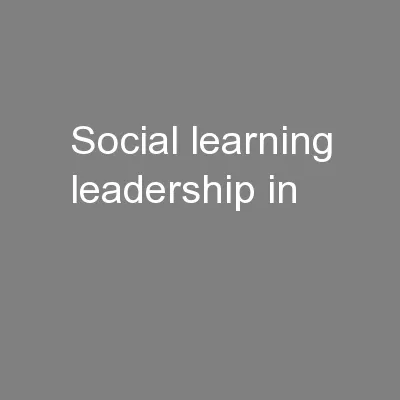
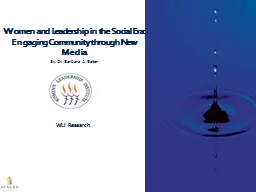
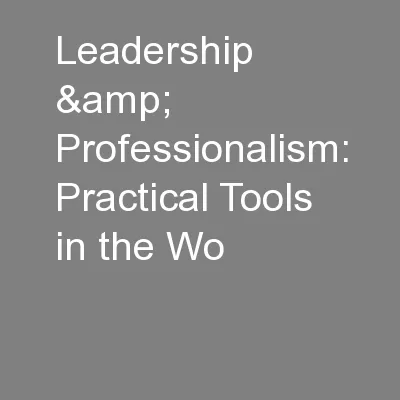
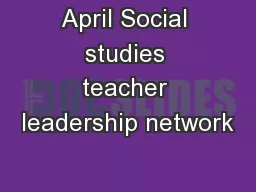
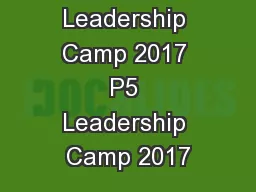
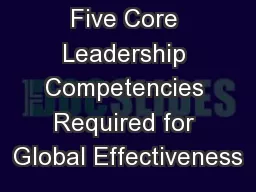
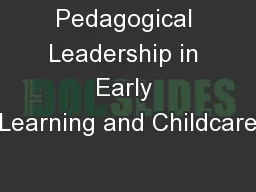
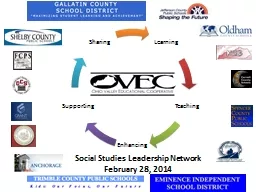
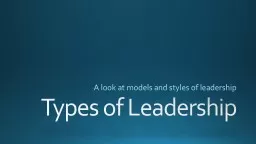

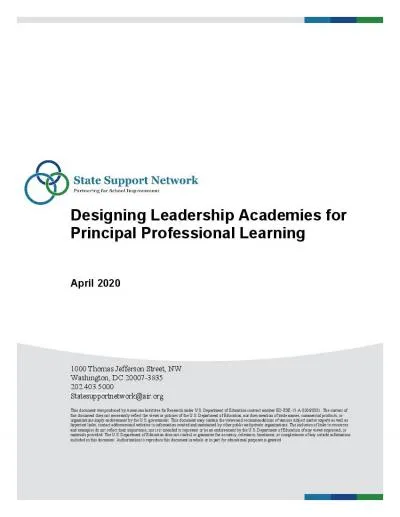
![READ [PDF] Leadership and Training for the Fight: A Few Thoughts on Leadership and](https://thumbs.docslides.com/1019111/read-pdf-leadership-and-training-for-the-fight-a-few-thoughts-on-leadership-and.jpg)
